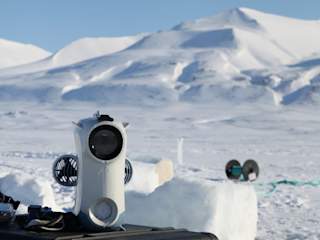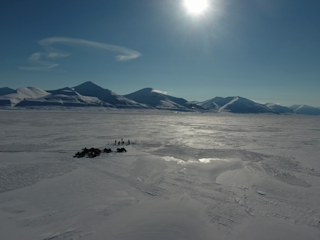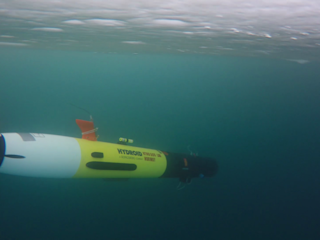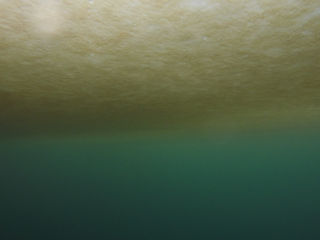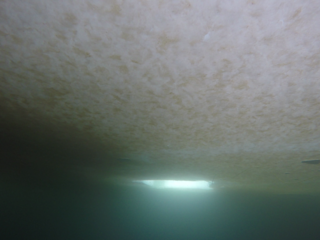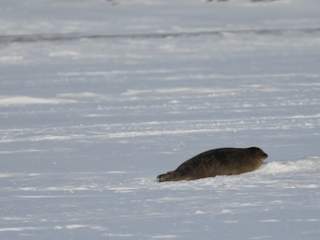The project aims at preparing the NTNU REMUS AUV for Arctic ice management operations, and to gather experience and data that can be used for developing mapping algorithms for ice management applications. Ice management is the sum of all activities to reduce, or avoid actions for many kind of ice features. A part of an ice management system is the detection, tracking, and forecasting of ice-features. We will hence use a sonar mounted on the AUV to measure the underside of the ice.
The collected data will not only serve this project, but will also be of high importance for the project FAABulous: Future Arctic Algae Blooms – and their role in the context of climate change.
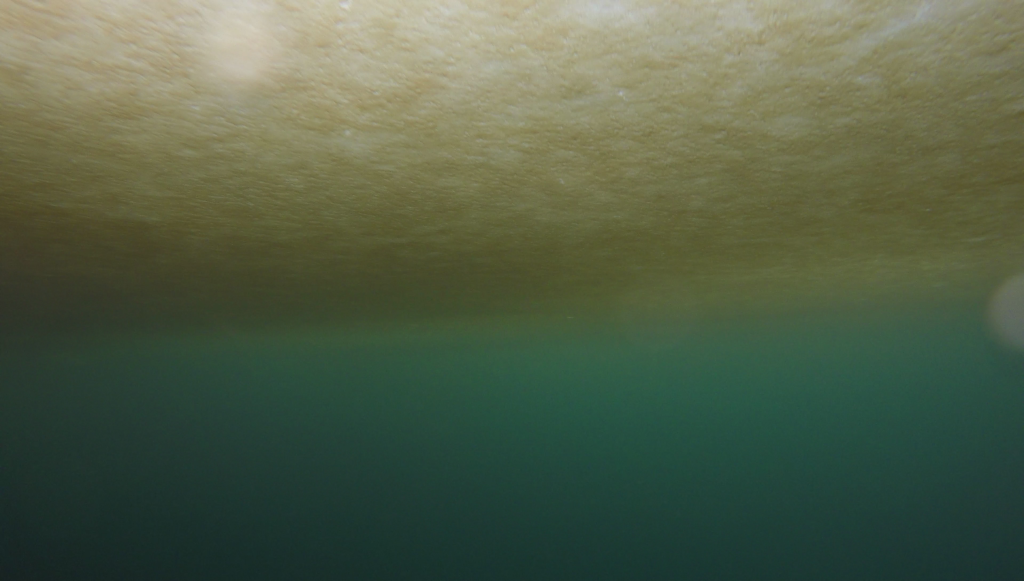
The Arctic environment is changing at an unprecedented rate, leading to complex and poorly understood consequences for the marine ecosystems.
Ice algae and other microalgae represent the basis of the marine food web. They are affected by changed light conditions due to reduced sea ice extent and thickness. Ocean acidification resulting from an uptake of CO2 into the water does also represent changes to the conditions for primary production in the arctic. Invasion of more temperate species from the south through increased transport of water masses from lower latitudes and higher temperatures in Arctic waters can also change the eco system as we know it in the Barents sea. These three processes are expected to change the timing, species composition, productivity, and food quality of Arctic algae blooms, with far-reaching implications for the entire ecosystem.

